Contrary to what most people believe, no, you don’t have to go broke spotting the ‘Big Five’ in Africa. Luxury safaris can cost upwards of $12,000, but luckily, we have the backpackers’ inside look on budget alternatives to the African safari of your dreams.
Choosing your destination
When creating a travel experience on a tight budget, you should first aim to avoid East Africa’s famous destinations such as Tanzania and Kenya. These places tend to offer lots of high-priced ticket items, such as luxury safari lodges and expensive park fees. Countries such as Zambia and Botswana also may not be the cheapest due to their remote locations, making traveling to and from the destination much more pricey.
When taking into consideration all of the costs, South Africa and Namibia are good options to consider due to their accessibility, local currency charge fees, and wide variety of game reserves and operators. Park fees in both of these countries average at less than $25 a day for foreigners. There are also places in both of these countries for self-drive safaris and camping accommodations.
South Africa
For the best bang for your buck, head to South Africa during the low travel season. By avoiding the popular Northern Hemisphere vacation months of July, August, and December, you will most likely be saving on accommodation and international flights.
The low travel season falls from April until September. Luckily for those who would like to go on a safari, these are also the ideal months to visit Kruger National Park. As the largest national park in South Africa, it is home to approximately 1,000 leopards, 15,000 elephants, 45,000 buffalo, and 1,500 lions. It is a great opportunity to view over 500 species of birds and potentially spot the ‘Big Five’ (lion, African elephant, cape buffalo, leopard, and rhinoceros).
Namibia
Namibia is also a great option for a budget safari adventure. It is equipped with many affordable accommodation options, including campsites.
The best place to embark on a safari in Namibia is Etosha National Park. When looking up Etosha on Google Maps, you will find yourself in the middle of a blue lake. This is because, for most of the year, this park is actually a dried-out, salt-crusted lake bed. Etosha’s flat roads allow for prime animal spotting, and the lack of forest will prevent any large surprises from jumping out of bushes. It is best to come on your safari sometime from July to October when the park’s animals gather to the waterholes. Unfortunately, these dry months also fall during the high travel season, meaning high costs for accommodations.
For those willing to splurge a bit on accommodation, Namibia has a wide variety of lodges in its national parks. Etosha has two lodges at the main gate of the park with both cheap and expensive room options. On the other hand, you don’t need to be afraid to save some cash and camp under thousands of stars. This is a great alternative for those who care about what they are seeing rather than where they are staying.
Choosing your operator
In any country that you end up choosing, the local tour guides and companies will offer better deals on accommodations and day tours than the larger international companies. (We love to support local!) This option is also great for those last-minute travelers who are looking for availability to experience Africa on a spontaneous excursion.
Some of these companies can only be contacted upon arrival, so if you are set on planning every detail, this may not be the best option for you.
Self-drive safari
For those seeking a bit of independence and the ability to explore at your own pace, a self-drive safari offers great benefits (and air conditioning). This is when you’d choose to rent a vehicle and drive around the reserves independently. Look into finding one that comes with a rooftop tent to save extra on accommodation. On average, a vehicle with a pop-up roof tent will cost you around $250 per day to rent.
By doing so, you will be able to dictate when to stop for photos and where you would like to stay each night. Be sure to bring a bunch of snacks and water with you during the day, as there are often no facilities carrying these necessities inside the parks. You can typically pick up fresh produce in small towns on your way to your park. Also, be sure to fill up with fuel when you see it, as small towns located near the parks may run out due to high demand.
When in the park, it can be difficult for the untrained eye to pick up on certain animals, so naturally, you will be able to spot more wildlife with a guide. However, if your budget does not have room for one, a guidebook on the area and its animal inhabitants is a good substitution. As mentioned earlier, Namibia and South Africa are great locations for a self-drive safari due to their safe roads and number of parks that allow this safari option.
Volunteer
For a great bang for your buck, volunteering can bring you close to the wildlife at a low cost. Some companies in Africa offer two- to four-week placements with volunteer projects — such as elephant conservation, community development, and lion rehabilitation. This offers an in-depth, holistic look at conservation and certain complexities and challenges that come along with it. While this is no high-luxury experience, you will definitely learn a lot and come out with a bunch of new friends.
Well, there you have it. The myth that safaris are only for the wealthy has been cracked. So grab your friends and start planning your budget travel in Africa! An African safari is an adventure everyone needs to experience at least once in their life, and Acanela offers incredible budget safari experiences in Kenya, Tanzania, Botswana, Namibia, and South Africa.
Comment below which animal you are most excited to see on your African budget safari!
Post written by: Kirsten Cusack, @kirqsak





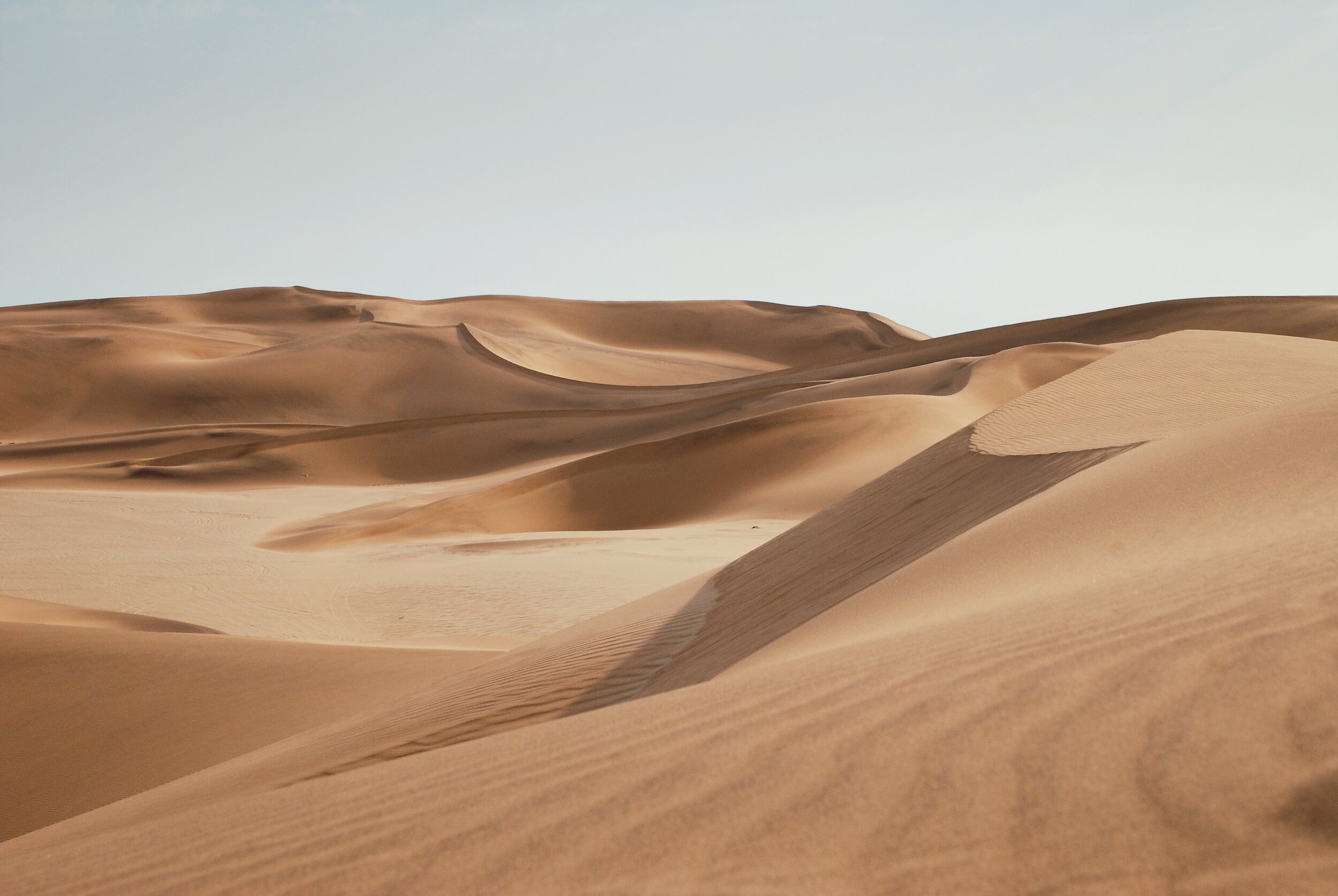
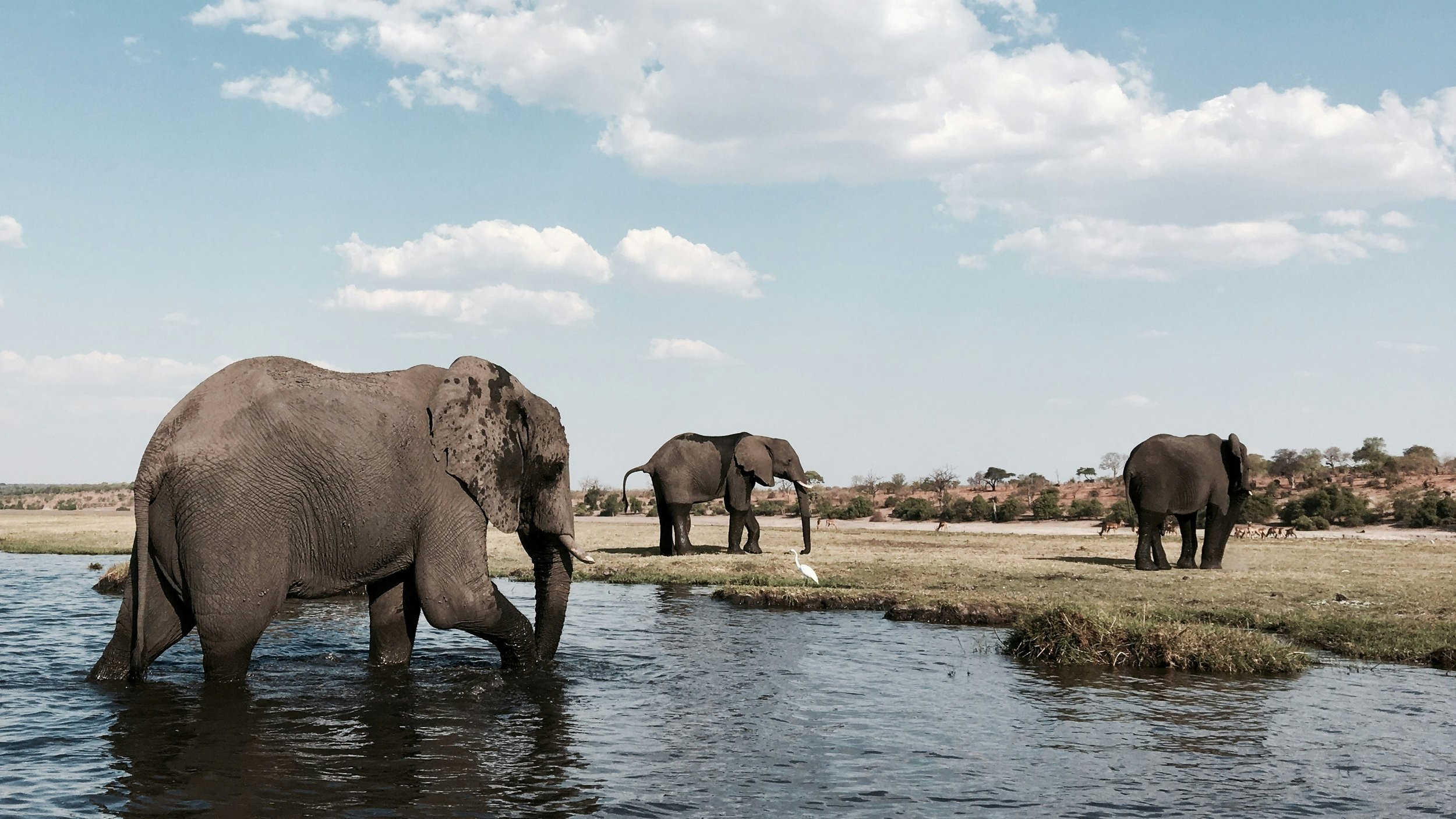
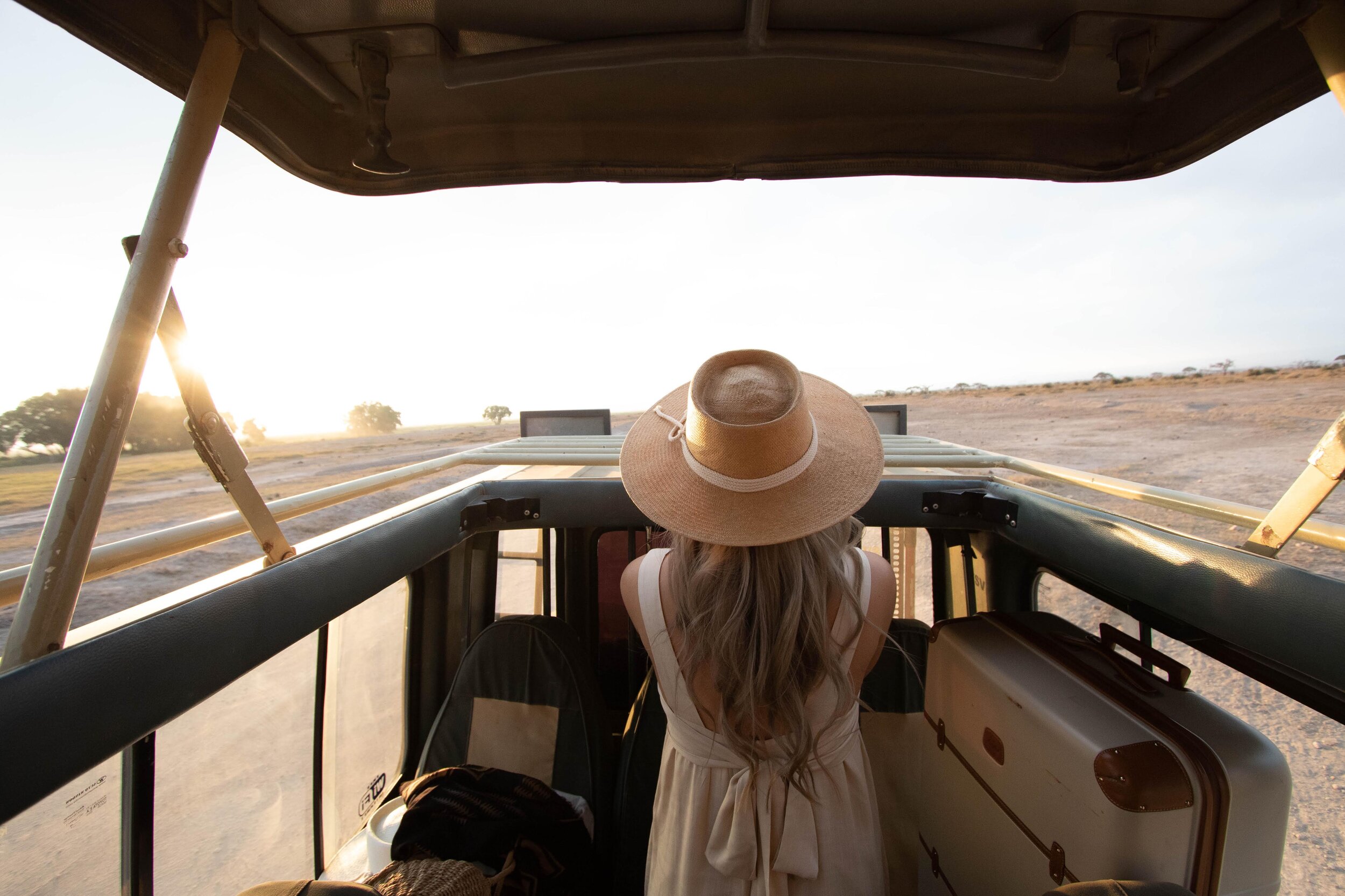
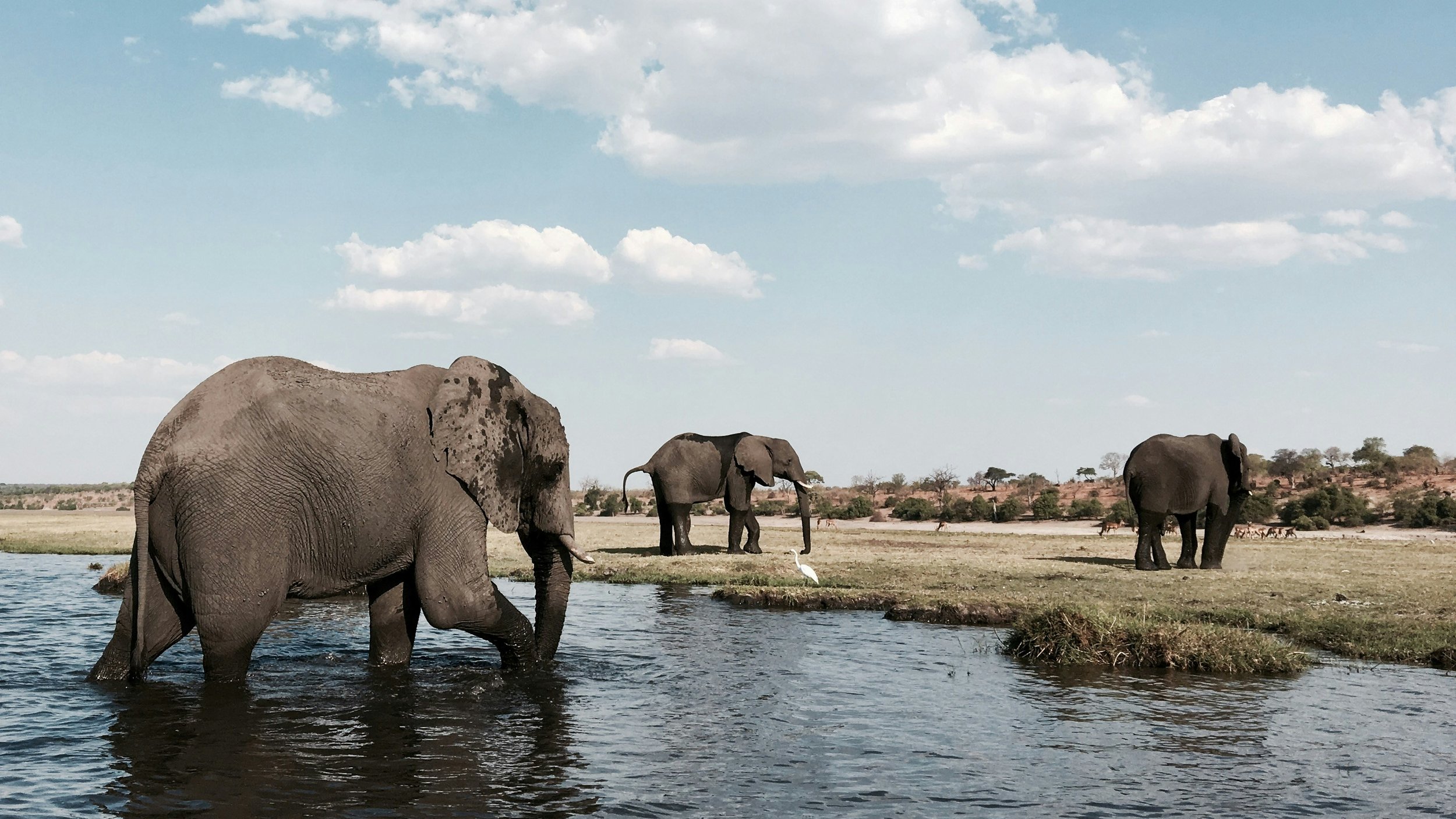








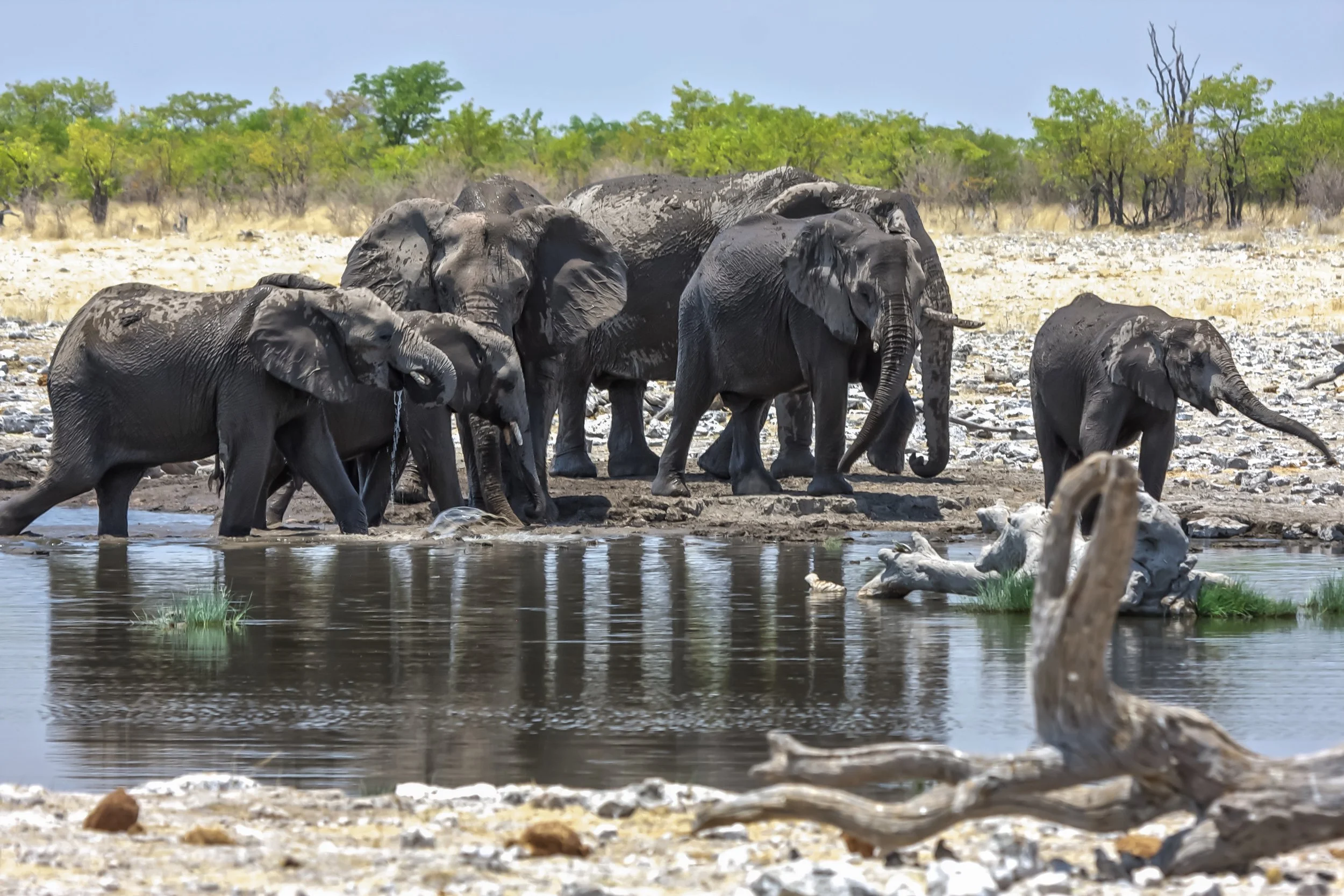



📍 Tanzania
7 days from $3,800
Limited to 16 travelers
See Details >
50% off with code: “50OFF”
For select travel dates until December 2025
Offer expires March 31st, 2025